SCG’s success rests on strong foundations
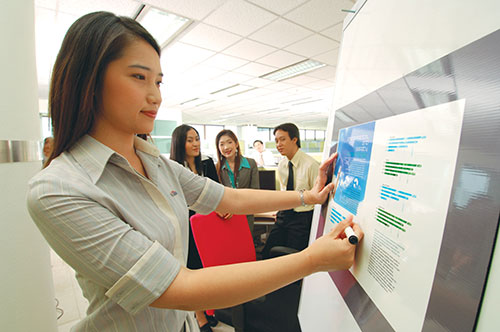
SCG’s staff provide the foundation for its regional investment vision
Kan Trakulhoon, president and CEO of SCG – one of leading business conglomerates in ASEAN – said SCG’s vision is “to become ASEAN sustainable business leader by 2015, contributing to the sustainable progress of ASEAN and the communities where SCG operates.”
“However, SCG’s current achievements over the past decades have been largely made by the group’s experiences in overcoming obstacles and crises,” Trakulhoon said, referring to H.M. the King of Thailand’s ‘sufficiency economy’ philosophy.
This philosophy was propounded in Thailand in the 1970s. It is intended to guide the livelihood and behaviour of the Thai people, so that they may benefit most from development in an equitable, inclusive and sustainable manner. In the long run, it aims to enable Thai society to achieve long-term stability and sustainability.
“SCG used this philosophy to recover from the ASEAN financial crisis in 1997, realise sustainable growth and respond effectively to new and emerging challenges,” Trakulhoon said.
During the mid-1990s, the Thai economy grew faster than ever before, including years in which it exceeded 10 per cent growth. The foreign media forecast that Thailand was about to become a new Asian “tiger economy.”
SCG rapidly diversified into ten wide-ranging business sectors encompassing cement, building materials, ceramics, distribution, petrochemicals, paper, iron and steel, auto accessories, electrical products, and machinery. This expansion resulted in annual profits of 4-5 billion baht ($160 – 200 million). In 1996, net profits shot up to 6.8 billion baht ($272 million), while the rapid investment expansion led to net borrowing of 119 billion baht ($4.76 billion).
However, in 1997, the Thai economy collapsed. Speculation by the private sector, a lack of financial oversight and regulation by the government, and the subsequent loss of confidence in Thailand by foreign investors resulted in a comprehensive crisis. When the government decided on July 2, 1997 to float the value of the Thai baht, the economic bubble burst entirely. The value of the baht plummeted over the subsequent months. Many businesses and financial institutions went bankrupt. SCG itself experienced a heavy blow.
Operating profits of nearly 7 billion baht ($280 million) turned to a loss of 52.55 billion baht ($1.63 billion) within just a year. The value of its already high borrowing more than doubled to 246.7 billion baht ($5.18 billion).
To survive the crisis, SCG applied H.M. the King of Thailand’s ‘sufficiency economy’ philosophy especially the notion of moderation. The group focused its investments on core businesses and rationalised its corporate structure down from ten to five core businesses including chemicals, paper, cement, building materials and distribution. It has also lowered its role in firms operating in non-core business sectors.
Furthermore, SCG established several financial measures and operating strategies. These allowed SCG to become more competitive and higher levels of immunity as a result of strictly risk management systems.
Specifically, SCG’s asset status was closely monitored and kept track of to ensure that the assets were fully utilized. The value of the group’s assets was reassessed to mitigate the foreign exchange loss.
The boost in exports helped increase revenues denominated in foreign currency which provided a natural hedge against foreign exchange fluctuations.
Also, earnings prior to interest, taxes, depreciation, and amortisation on operating assets (EBITDA) were used to measure the return on operating assets.
Accounts receivable and accounts payable were additionally managed effectively in order to obtain immediate cash.
These strategic efforts enabled SCG to survive the crisis and return to good health. In the past years, the group reported a profit of over 30 billion baht ($933 million) a year, compared to the huge loss of 52.55 billion baht ($1.63 billion in 1997.
In 2004, the group reported a record high profit of over 36.48 billion baht ($0.9 billion) whereas total debt dropped to 105 billion baht ($3.5 billion). It is now far healthier and stronger as the group stands poised to growth sustainably.
SCG currently has over 200 member companies employing more than 47,000 people and handling over 64,000 product items from manufacturing bases in countries across ASEAN.
What the stars mean:
★ Poor ★ ★ Promising ★★★ Good ★★★★ Very good ★★★★★ Exceptional
Latest News
More News
- Businesses press for EPR guidelines (April 15, 2024 | 17:00)
- Planning for 30 airports to complete by 2025 (April 15, 2024 | 16:56)
- Apple announces Vietnam spending boost as CEO visits Hanoi (April 15, 2024 | 15:59)
- Norway stands ready to collaborate with Vietnam in EPR policy and practices (April 15, 2024 | 15:00)
- Accelerating Vietnam’s journey towards 5G (April 15, 2024 | 13:57)
- New era opens for 5G commercialisation (April 15, 2024 | 13:00)
- Paraguay wants to expand economic cooperation with Vietnam (April 15, 2024 | 09:46)
- CONINCO celebrates 45th anniversary (April 14, 2024 | 09:00)
- Traphaco focuses on modern medicines and invests in EU-GMP factories (April 13, 2024 | 14:51)
- Singtel and Viettel to develop VTS Cable System (April 12, 2024 | 17:24)



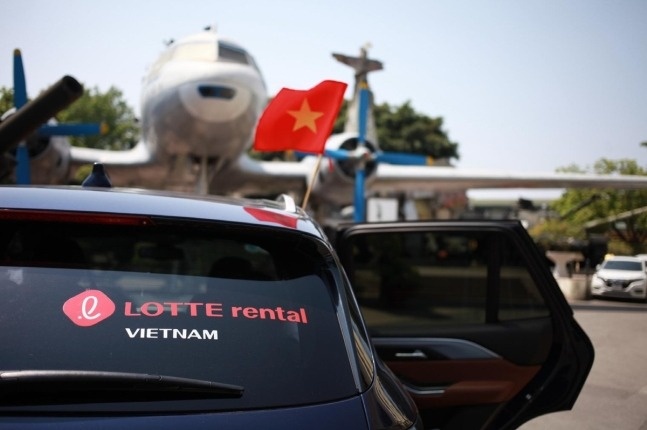



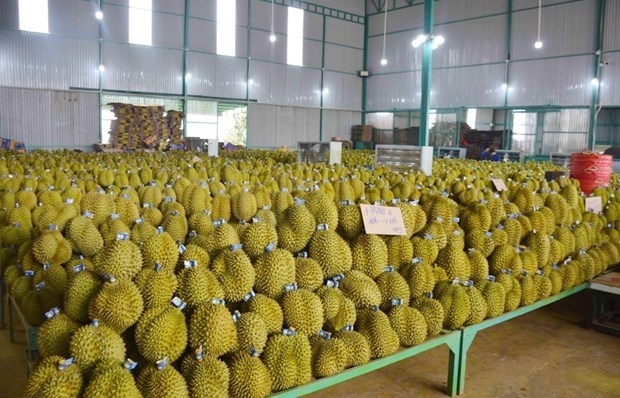


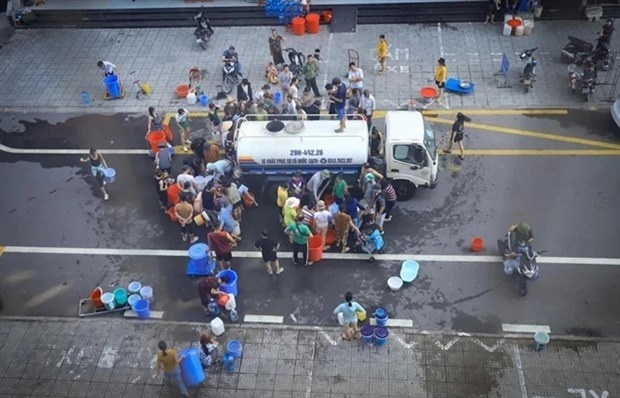
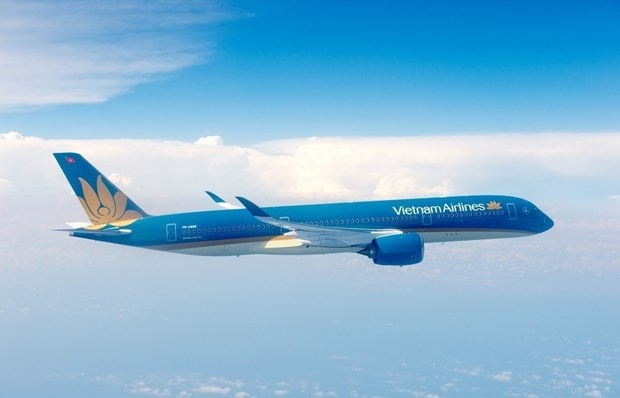



 Mobile Version
Mobile Version